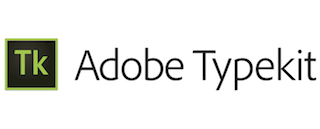Conference
June 8, 2018
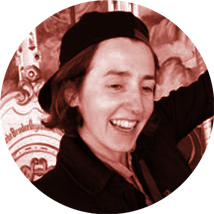
You can see her latest works on her website and follow her on twitter.
The procedures involved in developing and producing a typeface are often diverse. The design stage is usually what first comes to mind, however, many other steps are possible. A typeface design may need to be adapted to a specific environment, to be extended with unique features, to be expanded with additional glyphs or even entire writing systems. The most recent technological development in the the typographic industry adds a further option, namely that of variability. Amélie Bonet will present the different assignments that constitute her daily practice.

You can see his latest works on his website and follow him on twitter.
With so much communication happening digitally today, all the institutions that support the order of the written word have been called into doubt. It seems time to ask a fundamental question, what is writing? How does it work? Has it as future?

You can see his latest works on his website and follow him on twitter.
Display typography is governed by three factors: the size of the available space, the length of the text, and the dimensions of the typeface. When the space and text are fixed, designers can look to type that has been pushed to the extremes of weight and width in order to display their words at maximum size and with maximum impact. This presentation examines what happens to typefaces at these extremes, when the rules of letter-drawing begin to break down. I will show some historical examples, but will focus on exemplary contemporary designs with extra bold, extra condensed, and extra wide variants. I will also discuss the design process of my typeface Fit, designed expressly to fill as much space as possible, and demonstrate the possibilities that OpenType variations offer for the next generation of extreme type designs.
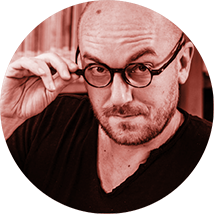
You can see his latest works on his website and follow him on twitter.
I will introduce the methods and the procedures that I have developed to enable correct identification of historical type, and I will apply them to the Jenson roman, the most highly praised roman of the early Renaissance. I am currently a PhD student at the University of Reading and my research is based on photographic enlargements of printed type and precise analysis of type details. The analysis follows a comparative approach and it is sustained by the overlaying of multiple images of letters that look similar. This practice clearly highlights differences and similarities among the letters.

You can see her latest tweets on twitter.
The world of type and graphic design is permeated by outdated myths.
One of the most deep-rooted misconceptions many designers still believe in is that the left side of the brain is all about being logical, rational and analytical, and the right side of the brain is all about being intuitive and creative. In relatively recent times, thanks to a better understanding of the brain anatomy, physiology and connectivity, many false beliefs like being a left-brained person or a right-brained person have become scientifically obsolete and superseded.
This brain wars presentation will take you on a brief journey of the infinity of brain connections and everybody’s creativity.
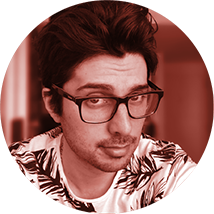
In 2008 he founded his own foundry, Lián Types, mixing his interest in calligraphy with a growing skillfulness in digitizing the most challenging of curves. The foundry is now among the most successful ones specializing in script fonts and ornamented display type. He is also a teacher of gestural calligraphy, an excellent excuse, like he says, to take a rest from the digital media, gain inspiration and let the ink flow.
Many of his creations were awarded in the most prestigious typography competitions (such as SOTA Catalyst Awards, Type Directors Club, Communication Arts, Italian A’Design and Tipos Latinos), appeared in numerous respected Best of Year lists and were also published in several magazines and books of design.
You can see his latest works on his website and follow him on twitter.
Because he who loves Typography cannot ignore Calligraphy. That is for Sproviero the first and most important commandment when designing type.
Through the years, technology has been responsible of making some decisions easier at the expense of distancing us from the beauty of the handmade. This, due to a popular misconception that hand-making is redundant in an information age. Sometimes we forget that digital devices are just tools that may or may not be used to create interesting pieces of design.
Sproviero’s fonts always have long processes which begin with the rescue of many tiny but essential characteristics of the calligraphic letter, pass through what he calls filters and equalizers to finally get to the digital product. Sproviero will delve into the idea that at the moment of making type there is a constant feedback between Calligraphy and Typography and will show examples of his creations to support his thoughts. You will learn about the background of every single decision in his letters and the techniques he uses to mantain the letter expressiveness in the analogue-to-digital migration.

You can see his latest works on his website and follow him on twitter.
Matt will talk about the role typography has played in some of the editorial projects he has worked on over the past 15 years, including the design and art direction of small independent titles such as Elephant and Plastique, magazines that he has co-founded and launched (Port and Avaunt), redesigns of more mainstream publications and his current position as art director at The New York Times magazine.

You can follow him on twitter.
Post-digital printing combines the best of digital typography with the three-dimensional quality of letterpress printing. A report on how we got there, how we do it and what we do.




